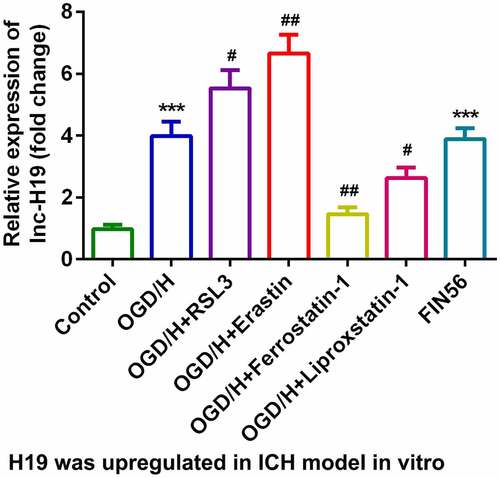Figures & data
Figure 1. H19 was highly expressed in the OGD/H ICH model cells
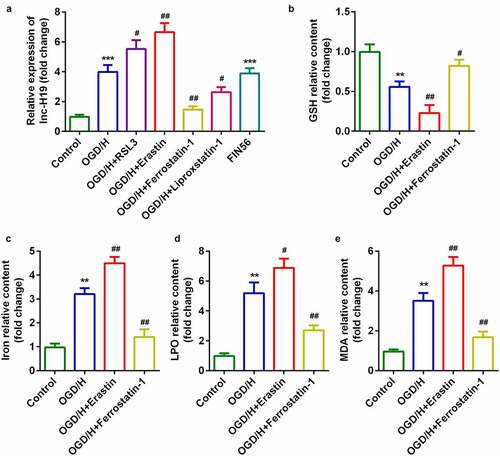
Figure 2. Knockdown of H19 promoted cell viability and inhibited ferroptosis
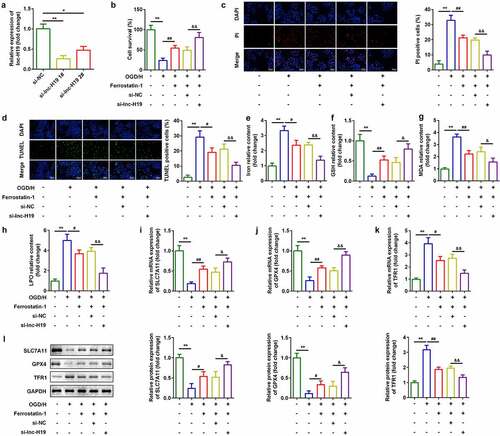
Figure 3. H19 sponged miR-106b-5p in BMVECs
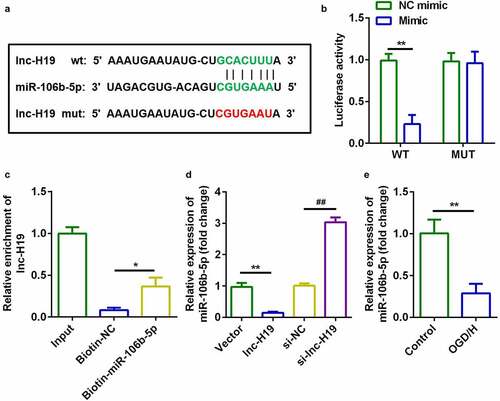
Figure 4. Down-regulation of miR-106b-5p reversed the effects of H19 knockdown on cell viability and ferroptosis of BMVECs
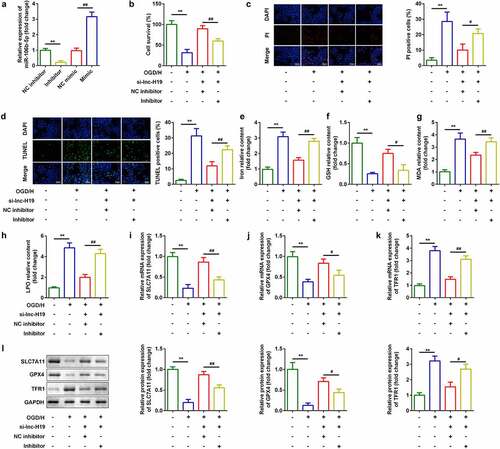
Figure 5. ACSL4 as a target gene of miR-106b-5p

Figure 6. Up-regulation of ACSL4 inhibited the effects of miR-106b-5p


